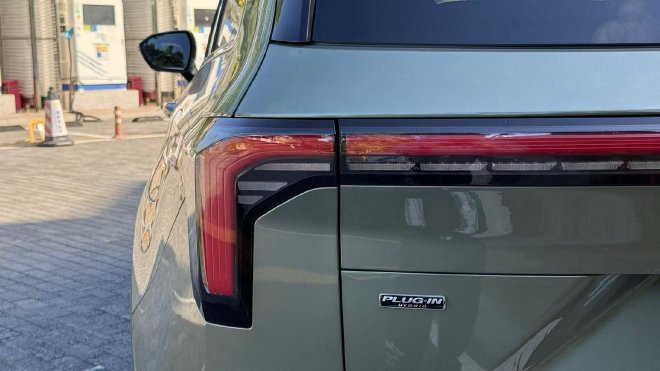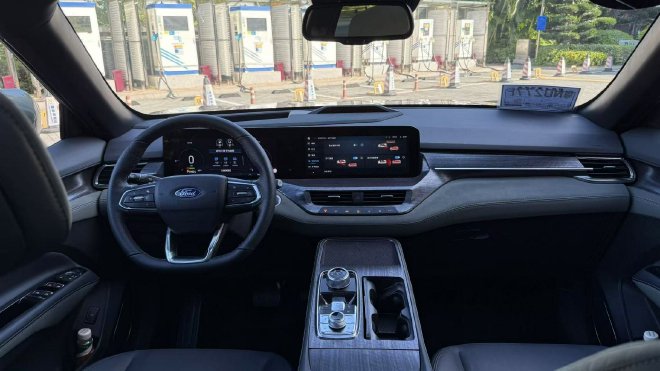Ford launched the Ford Lingyu PHEV as its first plug-in hybrid SUV at this year’s Guangzhou Auto Show. The company positions this vehicle with four key features: fast charging, fuel efficiency, spaciousness, and power. The spaciousness speaks for itself, as the Lingyu gasoline version demonstrates this well. This test drive focuses on the experiences of fast charging, fuel efficiency, and power.
“Fast charging” is one of the main selling points of the Ford Lingyu PHEV. The new car uses a high-power lithium iron phosphate battery pack from CATL. It employs CATL’s latest CTP 3.0 technology. This technology boosts battery pack efficiency. It stores more energy in less space. The Lingyu PHEV can achieve a peak charging rate of 3C. It can charge from 30% to 80% in just 14 minutes.
During the charging test, the car’s battery charged from 29% to 75%. This took about 13 minutes. The result matches the manufacturer’s advertised charging rate.
The “fuel-saving” feature stands out. As a mid-to-large SUV, the Lingyu PHEV performs well in urban fuel consumption. According to the official introduction, the Lingyu PHEV uses a control system. It can switch intelligently between EV drive, series drive, parallel drive, and energy recovery modes for smart energy management. This achieves a balance of power and fuel consumption across all speeds and scenarios. The system improves overall efficiency by 15% and optimizes fuel consumption by 30% compared to gasoline vehicles. In real driving conditions, with four passengers and in a depleted state, the new vehicle maintains a fuel consumption of about 5.5 liters per 100 kilometers.
The Ford Lingyu PHEV features a 1.5T hybrid engine. It also includes a two-speed hybrid transmission. The system delivers a total power of 270 kW and a maximum torque of 555 Nm. The official 0 to 100 km/h acceleration time is 7.7 seconds. During the test drive, the acceleration response is prompt in both fuel priority and hybrid modes.
Let’s talk about the chassis of this car. The Lingyu PHEV retains the traditional tuning style of European and American models. It responds well over speed bumps in the city. It also handles rough road conditions effectively.
Many fans focus on the intelligent features of the Lingyu PHEV. The new car has dual 12.3-inch floating smart screens. It uses the Tencent TAI smart ecosystem and the Qualcomm Snapdragon 8155 chip. This setup makes the car’s operation smoother than before. Additionally, it includes the Co-Pilot 360™ intelligent driving assistance system. This system provides ADAS L2.0+ smart driving assistance functions. In conclusion, Ford’s latest hybrid “twin stars,” the Lingyu PHEV and Lingrui PHEV, differ significantly from the existing “off-road trio” in product positioning. However, traditional joint venture brands, including Ford, are accelerating their focus on China’s new energy market, especially in the plug-in hybrid segment. From now until next year, several joint venture brands will launch new PHEV models. Ford aims to seize market opportunities before these new cars flood the market. Will consumers accept this joint venture plug-in hybrid? Let’s look forward to the market performance of the Ford Lingyu PHEV.















